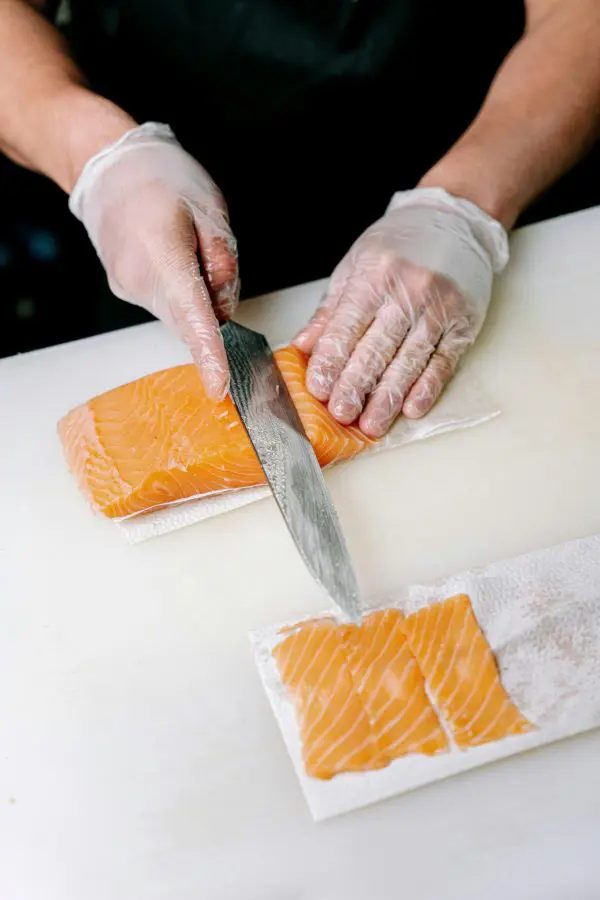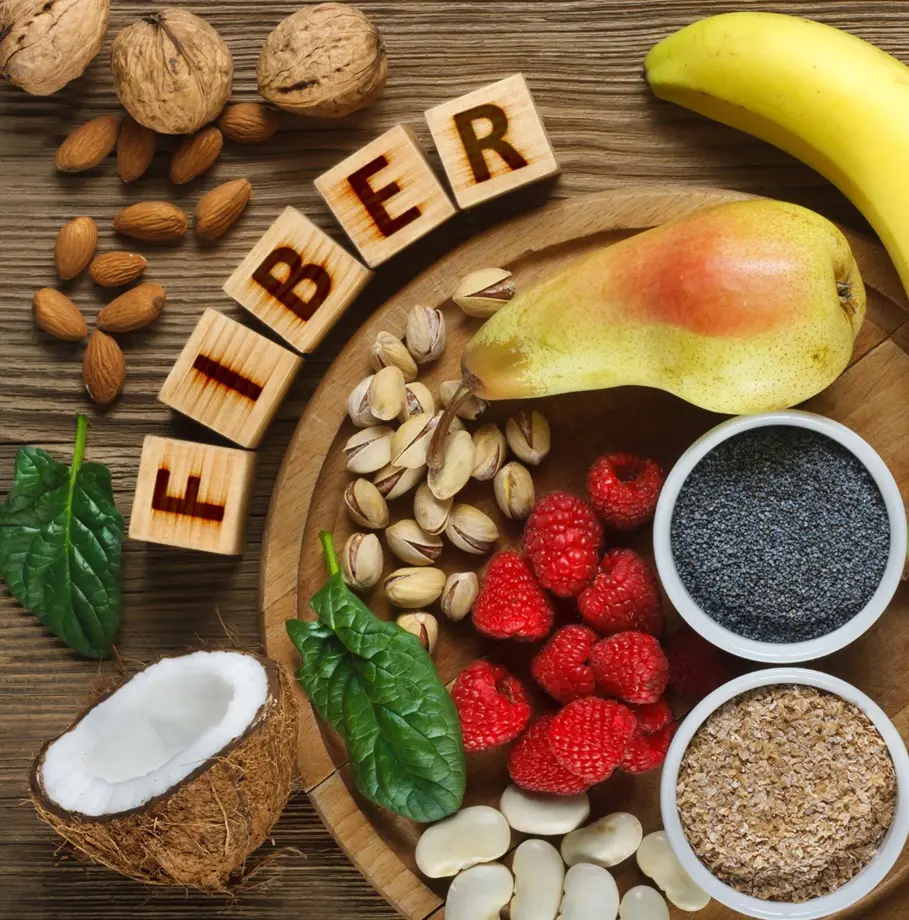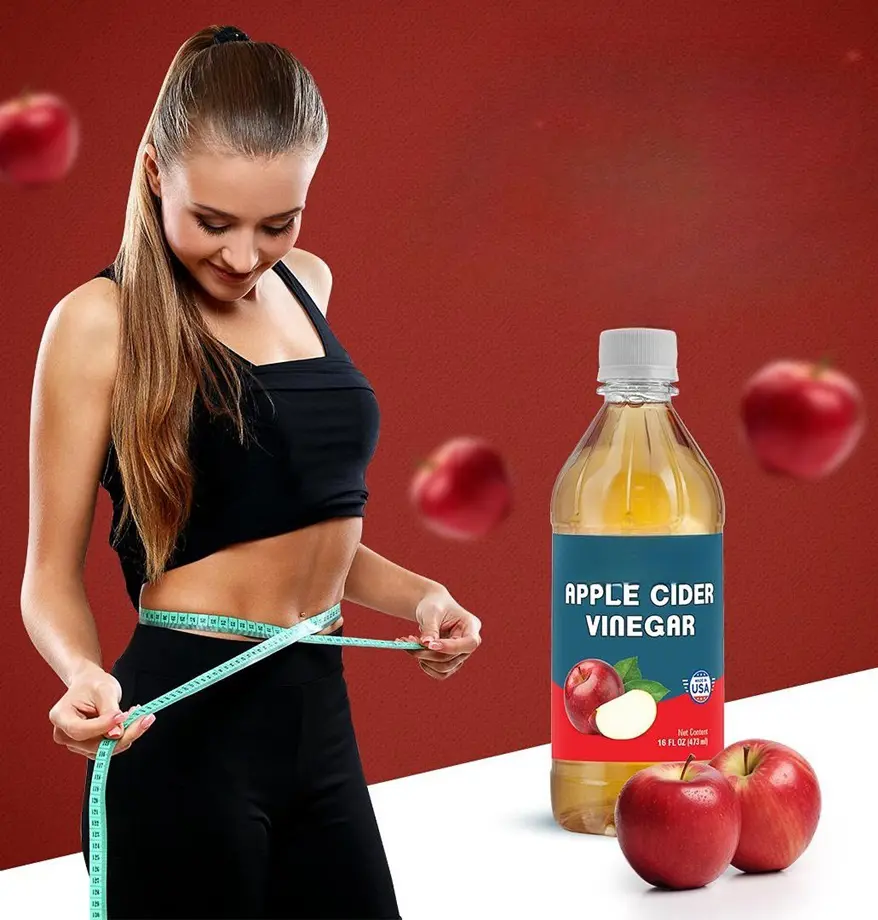How to Grow Hybrid Plants? Hybridizing Basics
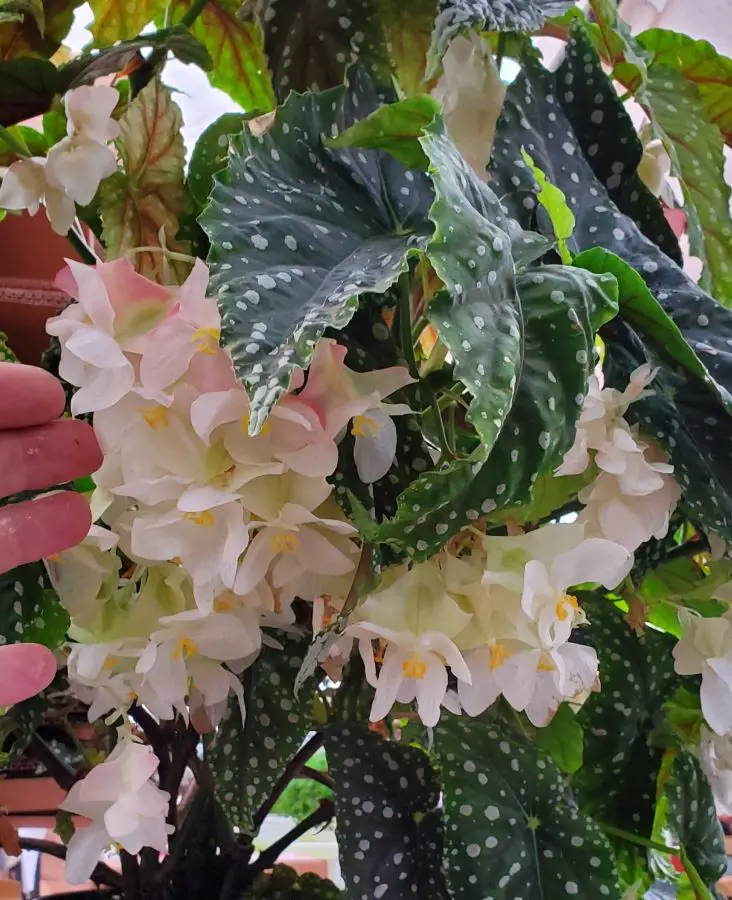
This post may contain affiliate links. If you make a purchase through links on our site, we may earn a commission.
Hybridizing plants is always a fun and magical experience, as we get spectacular colorful flowers or extra sweet fruits. While the word hybridizing might sound complex, creating hybrid plants is actually a straightforward process that nature has been doing for years, we are simply giving it a hand.
In this guide, you'll learn the essential techniques to cross-pollinate plants, discover how to select the best parent plants and much more, all explained in practical hands-on terms that'll have you creating your own unique varieties before you know it.
What Are Hybrid Plants?
Well, let's not turn directly on "how" to create hybrid plants. Instead, let's first exactly understand what hybrid plants are. In simple terms, hybrid plants are the result of two different types of plants from the same species being combined. Imagine it like having parents from different countries, and the child gets special qualities from both.
This means you end up with a plant that might be stronger and have more attractive features, such as being resistant to diseases, having larger flowers, sweeter fruits, and many other benefits. To create hybrid plants, we need to mix the pollen from two different types of plants, which is like setting up a plant marriage.
Why Create Hybrid Plants?
The reasons for hybridizing plants are as varied as the plants themselves:
- Creating more disease-resistant varieties
- Developing better-tasting fruits and vegetables
- Producing more vibrant flower colors
- Improve plant hardiness
- Combining the best traits of different varieties.
- Experimenting with new plant characteristics
Types of Hybridization
1. Sexual Hybridization: You may have heard about this because it is the most familiar hybridization. It involves the fertilization of ovules from one plant by pollen from another. Sexual hybridization can be further divided into:
- Interspecific Hybridization: Crossing plants from dissimilar species within the same genus. Here is a simple example, the banana we eat today (Musa*paradisiaca) is a result of two crossed species (Musa acuminata (which was small and full of seeds) and Musa balbisiana (which was starchy and also seedy). As a result, we got the perfect banana-sweet, seedless, and with just the right texture.
- Intergeneric Hybridization: Crossing plants from different genera. Here is a simple example, if we hybridize wheat and rye (two completely different grain plants, like distant cousins) the resulting plant will called Triticale. The Triticale got the tasty, nutritious qualities from wheat. Likewise, the toughness and disease resistance from rye.
2. Somatic Hybridization: This is a more advanced technique, as it involves fusing the cells (protoplasts) of two different plant species in vitro (in a controlled environment). This method allows for the combination of genetic material without the constraints of sexual compatibility. The perfect example of this hybridization would be "pomato"- a plant created by fusing potato and tomato cells. This plant can grow tomatoes above ground and potatoes underground. Interesting, right?
Essential Tools And Materials
Collect these basic tools before swooping into your hybridization journey.
- Small, fine-tipped brushes (like watercolor brushes)
- Tweezers
- Magnifying glass
- Labels and markers
- Paper bags or mesh bags
- Clean containers for collecting pollen
- Record keeping materials
- Clean scissors or knife
- Hand sanitizer or rubbing alcohol
Keep in mind, that the key to successful hybridization lies in understanding how plants reproduce. Let's break down and understand it in simple terms:
- Stamens: The male parts that produce pollen
- Pistil: The female part that receives pollen
- Anters: The parts of stamens that hold pollen
- Stigma: The tip of the pistil where pollen lands
Step By Step Guide For How To Grow Hybrid Plants
After all that basic information and collecting essential tools, without further ado, it's time to dive into the steps:
1. Choose Your Parent Plants
Don't give a wrong start, choose the right parent plants for successful hybridization. Consider the following factors:
- Choose healthy, disease-free plants
- Growth habit (tall, bushy, compact)
- Pick plants with desirable characteristics
- Make sure both plants are from the same species
- Time your plantings so both parents bloom simultaneously
2. Preparing the Female Parent
The most crucial step is protecting the female flower before it opens:
- Select a healthy flower bud that's almost ready to open
- Carefully remove the petals and stamens (this is called emasculation)
- Cover the prepared flower with a paper bag to prevent unwanted pollination
- Label the flower with the date and intended cross
3. Pollination Techniques
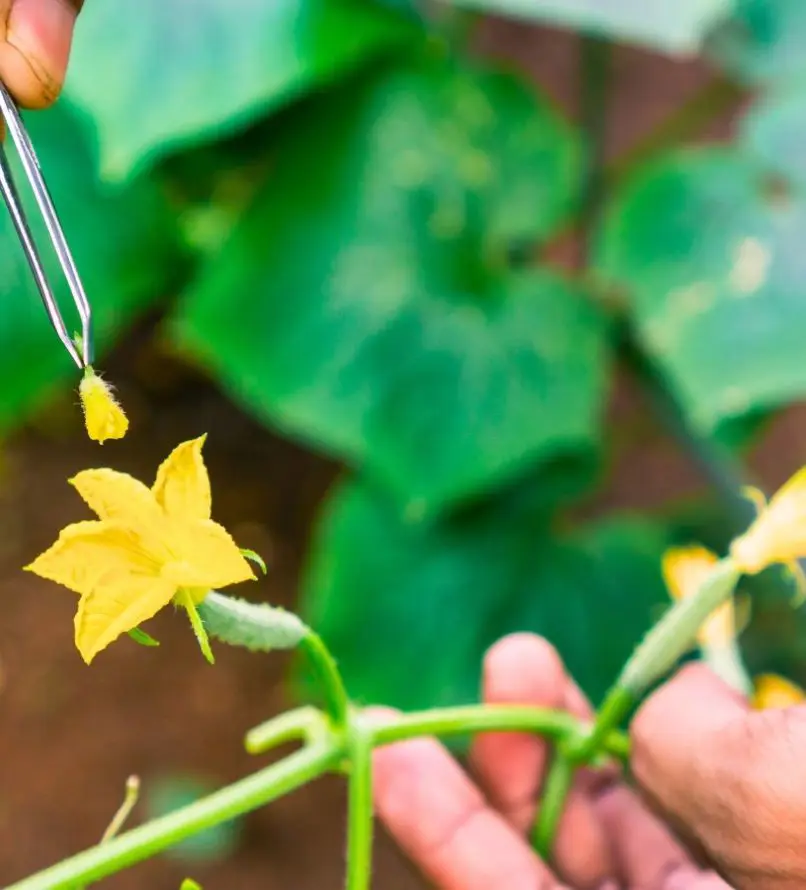
Once you have selected your parent plants, it's time to pollinate them. Here's how:
- Hand Pollination: Use a small brush or cotton swab to transfer pollen from the male flower (anther) to the female flower (stigma) of another plant (You can cover the female plant in plastic or a transparent bag to prevent extra cross-pollination).
- Natural Pollination: Allow insects like bees to do the work by planting both parent varieties close together.
Likewise, you can also use this technique (for storing)
From the male parent plant:
- Collect pollen in the morning when it's fresh
- Use a small brush to gently gather pollen from the other
- Store in a paper envelope if not used immediately
- Keep in a cool, dry place if you are storing
4. Seed Collection
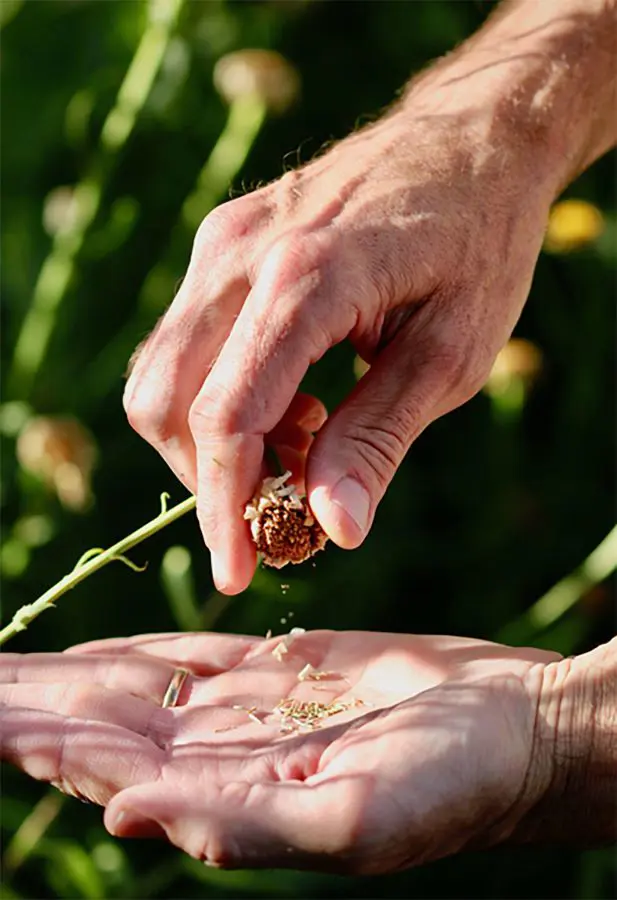
After successful pollination, seeds will develop in the female flower's ovary. Once they mature:
- Harvest the seeds carefully
- Label them with the parent plant names and date of collection
5. Germination
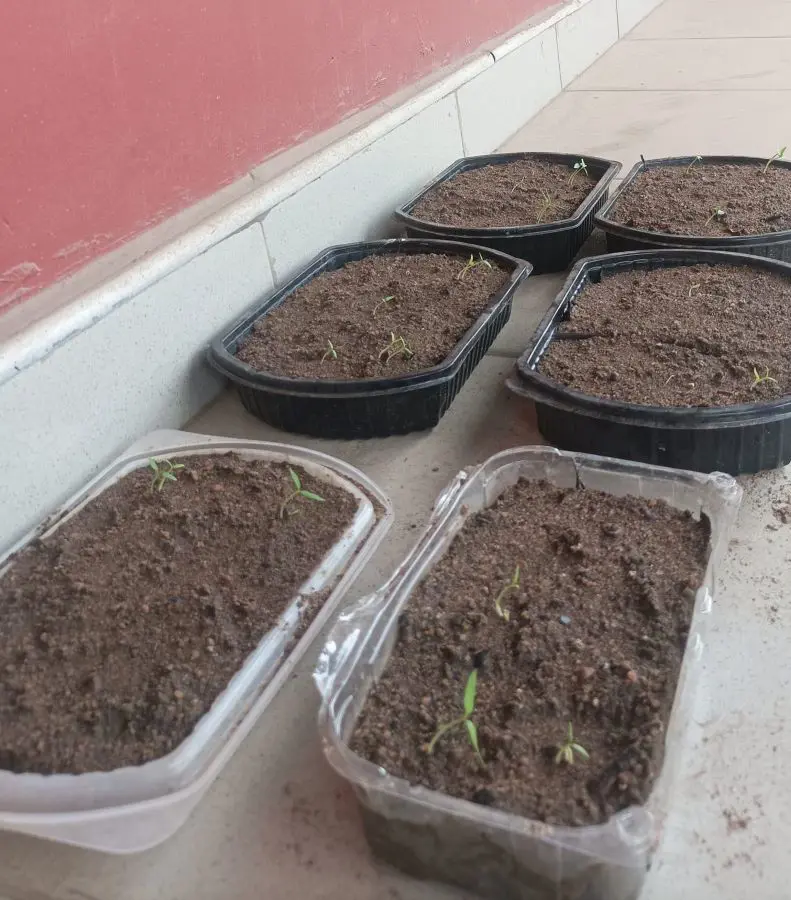
To germinate your seeds:
- Prepare seed trays or pots with a well-draining potting mix.
- Plant seeds at a depth recommended for their species
- Water gently and cover with plastic wrap or a humidity dome to maintain moisture until they sprout
6. Growing Conditions
Provide optimal growing conditions for your seedlings:
- Light: Make sure they receive sufficient sunlight (6-8 hours per day) or use grow lights if indoors.
- Temperature: Maintain a consistent temperature appropriate for the specific plant species.
- Watering: Keep the soil moist but not waterlogged because overwatering can lead to root rot.
7. Transplanting
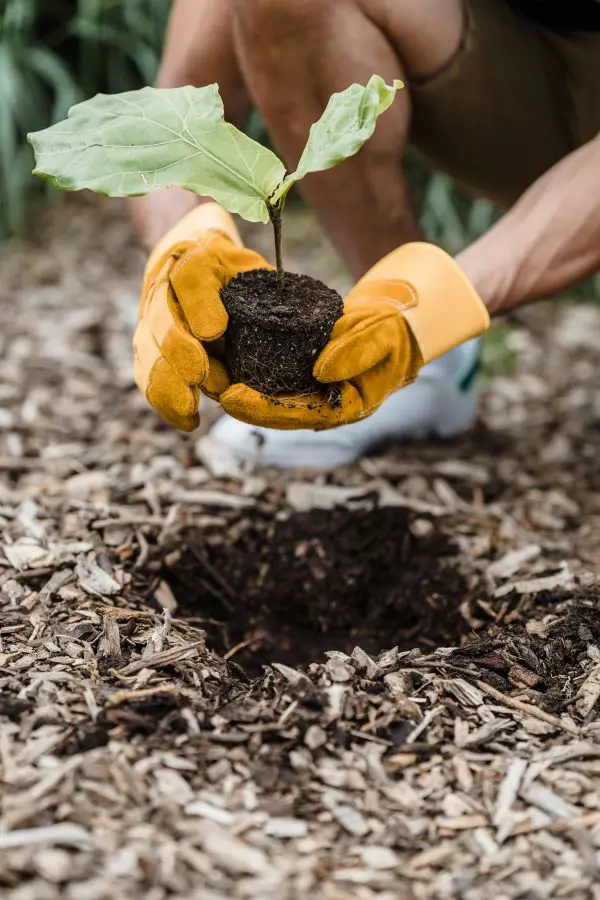
Once seedlings develop a few sets of true leaves:
- Transplant them into larger pots or directly into your garden bed.
- Space them according to their growth requirements to ensure good air circulation.
8. Care and Maintenance
To ensure healthy growth:
- Fertilize regularly using a balanced fertilizer suitable for your hybrid plants.
- Monitor for pests and diseases. Take action promptly if issues arise.
- Prune as necessary to encourage bushier growth or remove any dead or diseased foliage.
Where And When To Plant?
The best planting location and timing depends on your specific hybrid plants, but here are the key things to consider:
When to Plant
- Most hybrid vegetables and flowers thrive when planted in the spring after the last first. This is typically when soil temperature rises and conditions are favorable for growth.
- For crops like sweet corn or tomatoes, plant seeds about two weeks after the last frost date in your area. This ensures that the plants have enough warmth to germinate and grow effectively.
- Similarly, certain hybrids, like Olympia spinach, can be sown as soon as the soil reaches around 40 degrees F (4 degrees C) and seeds will germinate within one to two weeks.
Where to Plant
- Ensure you have well-drained soil that is rich organically. Hybrid plants often require nutrient-rich environments to thrive.
- Sunny or partially shaded spots depending on the plant variety
- Enough space between plants based on their expected full-size
- Protected from strong winds if the plants are delicate
- Away from competing plants that might steal nutrients
Common Challenges In Growing Hybrid Plants
While growing hybrid plants can be rewarding, it also comes with challenges:
- Genetic Variability: Not all seeds will produce hybrids, some may revert to traits from one parent plant.
- Environmental Stress: Hybrids may require specific conditions that differ from their parent varieties.
- Pest Vulnerability: Some hybrids may be more susceptible to certain pests despite being bred for disease resistance.
- Timing Issues: Sometimes you may have to face timing issues. That's why it will be better if you keep detailed records of flowering times. Likewise, plan multiple plants for each parent. Plus, consider growing in different conditions to extend bloom time.
Tips for Successful Hybrid Plant Growth
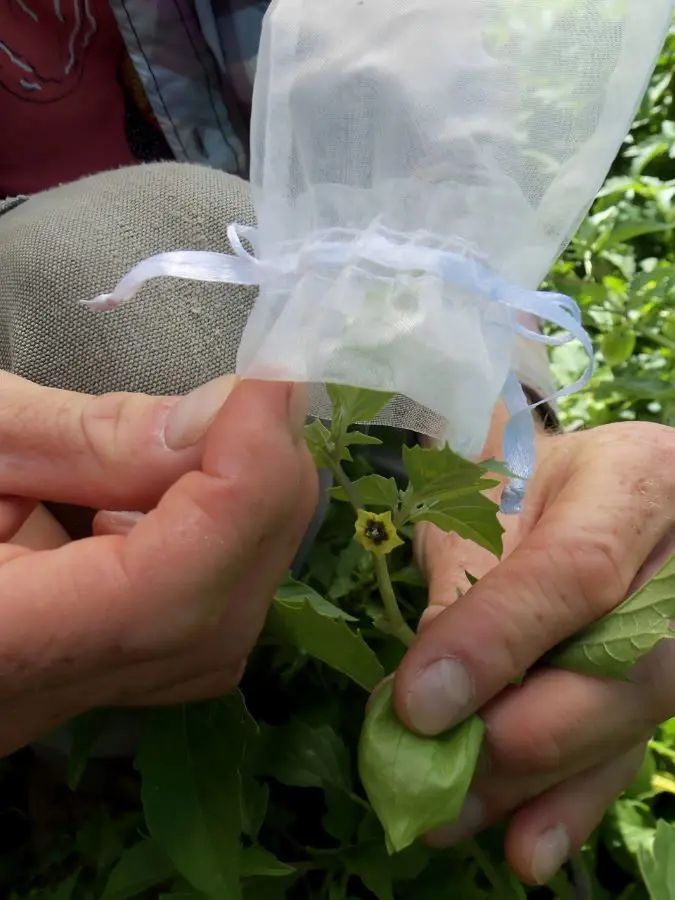
Creating successful hybrids isn't a one-day job it requires time, patience, and a bit of trial and error. We can't say you will be successful on your first try, sometimes you have to try more. You can try these tips to get results as you wish:
- Start with Easy Plants: Choose plants that are commonly hybridized, like tomatoes, peppers, or daylilies. These plants have a high success rate of hybridization and can give you faster results.
- Pollinate During the Right Time: Execute your hybridization during the plants' peak blooming season for optimal results. Early morning is often the best time to transfer pollen, as humidity levels are higher, and the pollen is less likely to dry out.
- Control Your Environment: If you are serious about hybridization, consider a greenhouse or a controlled space to prevent unwanted cross-pollination from insects or wind.
- Research Thoroughly: Understand the characteristics of both parent plants before starting your hybridization project.
- Label Everything: Detailed labeling is essential to track the plants you've hybridized. Include information on the parent plants, date, and any traits you hope to see in the hybrid.
- Keep Detailed Notes: Keep a notebook or journal dedicated to your hybridization efforts. Note down successes, failures, and any interesting observations.
- Be Patient: Hybridization doesn't always work on the first try. Some seeds may not germinate, and not every hybrid will exhibit the desired traits. It may take a few attempts before you achieve the results you want.
- Cover Your Female Plant: If you don't wanna take any risk, cover your female plant after pollination, as it helps to prevent extra cross-pollination. You can simply use a plastic or transparent bag.
Some Popular Examples Of Hybrid Plants
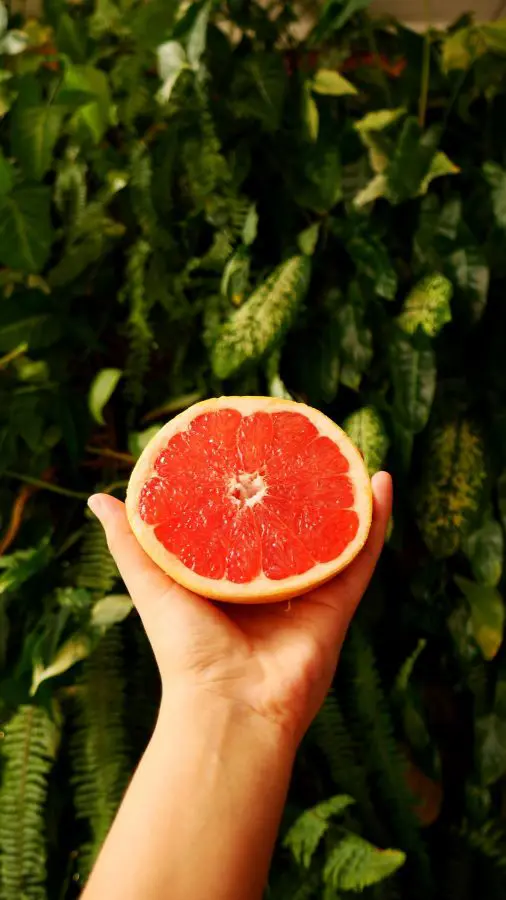
Here are some amazing hybrid plants you've probably seen or even tasted without realizing they are hybrids.
- Meyer lemons are a delicious cross between regular lemons and mandarin oranges. They are sweeter and less acidic, perfect for cooking.
- Grapefruit is another surprise, it's actually a natural hybrid of pomelos and oranges.
- In your garden, you might have pluots, which combine the sweetness of plums with the ranginess of apricots, or the popular Rainbow Cherry tomatoes, created by crossing different heirloom varieties to get those beautiful colors and sweet flavors.
- Don't forget about ornamental plants- the stunning peace Lily, a favorite houseplant, is a hybrid that gives us those elegant white flowers and glossy leaves that can thrive even in low light.
- Even the common garden strawberry we all love is hybrid, created from two wild strawberry species to give us those big juicy berries. These hybrids show us how combining the best traits of different plants can create something even better than their parents.
Benefits of Hybrid Plants
You may think beautiful flowers and sweet fruits are the only benefits of hybrid plants, but there is a lot more than that. Let's have a look:
- Hybrid plants zoom up faster than regular ones. If you are growing vegetables, this means you'll be cooking with your home-grown tomatoes or peppers way sooner than expected.
- These plants are like that friend who's good at everything, as they give you more fruits or vegetables than regular plants. Farmers love this because it means more food for everyone.
- Hybrid plants are really good at fighting off plant diseases and pests. They become very tough when it comes to bad climates, whether it's super dry or blazing hot, they keep on growing.
- Likewise, if you plant a bunch of hybrids, they all grow at about the same pace. This makes life much easier for farmers.
- Many hybrids are bred to look picture-perfect. If you don't believe it, think of those gorgeous tomatoes you see in the grocery store, or those flowers that make your garden look like it belongs in a magazine.
- We can feel your frustration when fruits go bad quickly. Luckily, many hybrid fruits and vegetables stay fresh longer, so you have more time to enjoy them before they end up in the compost bin.
Recent posts
Lifestyle
Lifestyle
How Much Omega-3 Per Day Is The Right Amount?
Omega-3 fatty acids are advantageous for so many aspects of health-from heart, brain to joints. So, "How much to add" can be a general query of many. To help you get through this, and to let you know the appropriate amounts needed depending on the ag...
Lifestyle
How Much Protein Should You Consume In a Day?
Protein is one of the macronutrients that are essential in the human body for tissue building, repair, immunity and hormonal balance. The Recommended Daily Allowance or RDA covers a daily protein allowance of 0.8 grams per kilogram of body weight wh...
Lifestyle
How To Fillet A Fish?
Nothing beats the deep happiness of filleting your own fish, but only if you have done it before. While beginners might find it challenging at first, the process becomes easier with the right guidance. Whether you are filleting with a fresh catch or ...
Lifestyle
How Much Fiber Do You Need On Your Diet?
Fibers are what keep our digestive system healthy. Many of us have heard the buzz about how fibers are important and how they keep "things moving", making these nutrients our gut friends. If after knowing all the basics, the amount of fiber to be add...
Lifestyle
Is Apple Cider Vinegar Good For Weight Loss? How To Use
Shedding those extra pounds is a tough task for all. And for individuals in this journey, looking for trends that have gained significant traction is not a new thing. One such trend that has caught the attention of many is the use of apple cider vine...
Lifestyle
How to Digest Food Faster? 11 Natural Ways To Improve
As we have stepped into the world of a more sedentary lifestyle, all of us are more prone to physiological disorders. One of the consequences of not getting exposed to proper exercise is a delay in the digestion rate. For people who are on desk jobs,...


